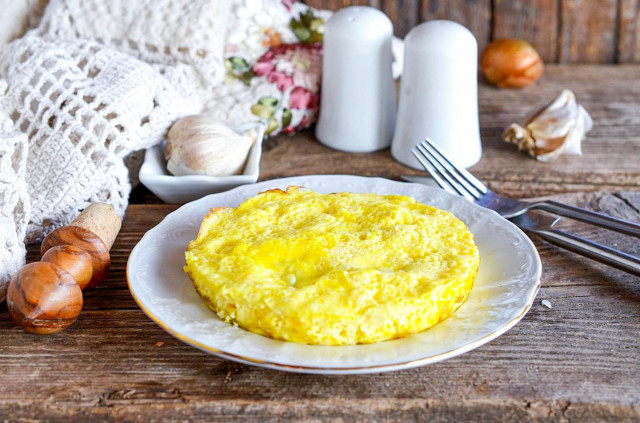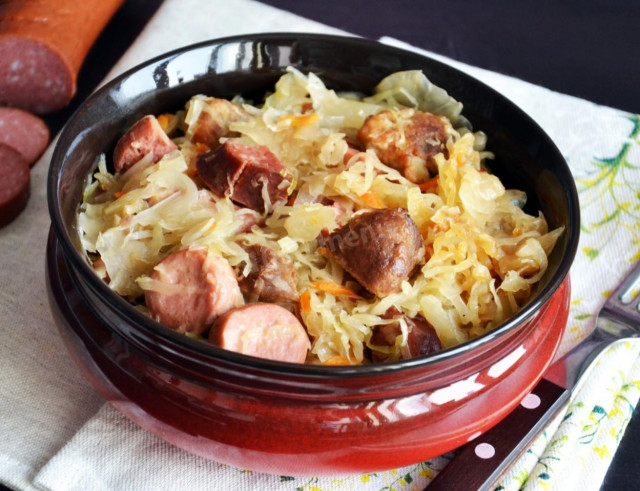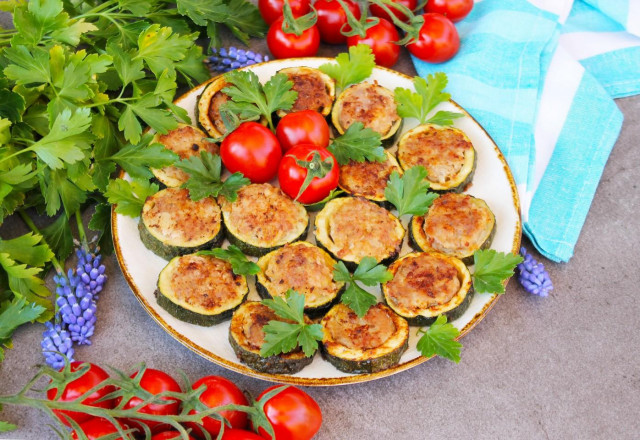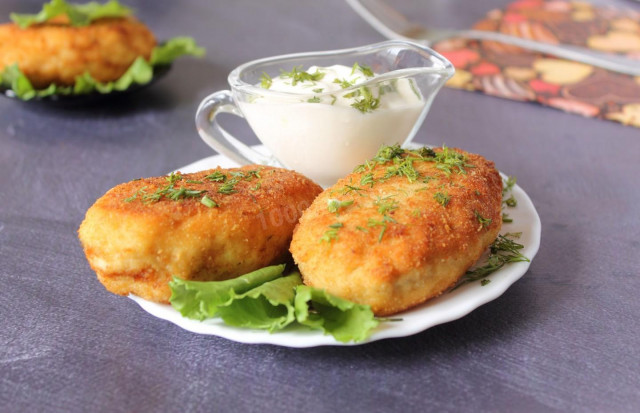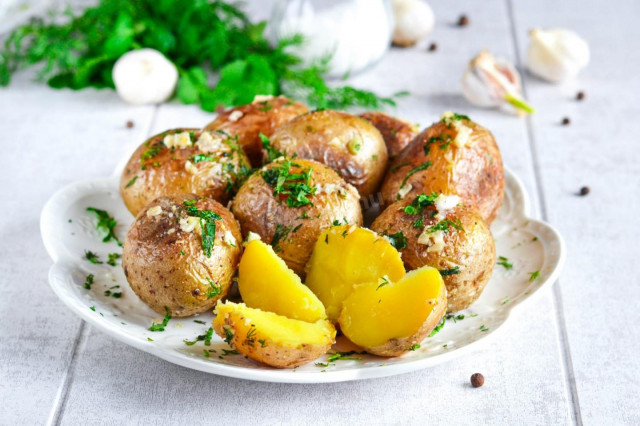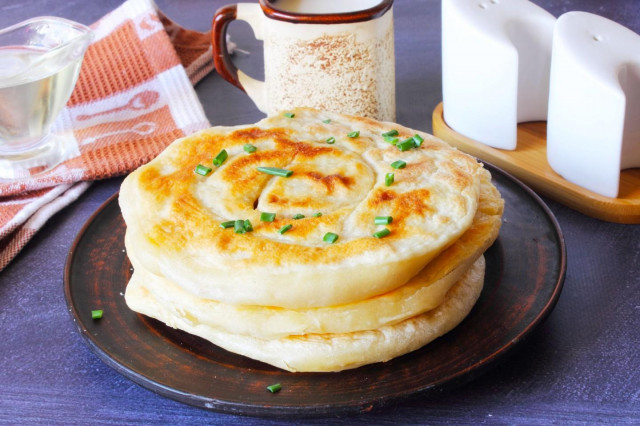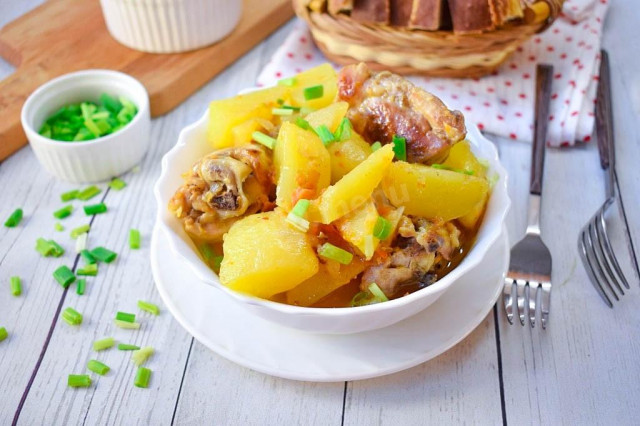Composition / ingredients
Step-by-step cooking
Step 1:
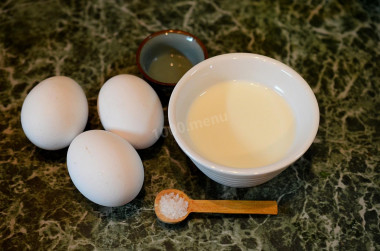
How to make a simple omelet from eggs and milk? Prepare the products. Take bigger eggs, preferably homemade, at least with. Such eggs are not only large, but also, as a rule, have a brightly colored yolk, so the omelet will turn out to be a beautiful saturated color. Milk is suitable for any fat content.
Step 2:

Wash the eggs well. Carefully break them into a bowl.
Step 3:
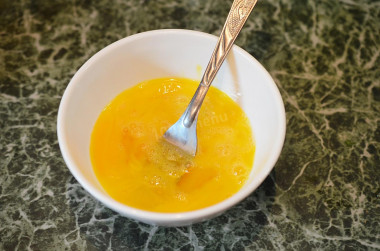
Stir the eggs with a fork or whisk.
Step 4:
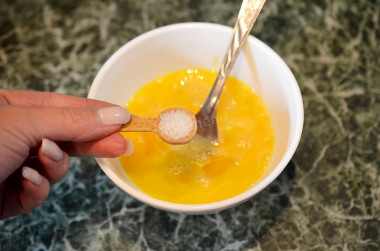
Add a little salt to the omelet mixture. I have ordinary sea salt, but it can also be salt with different additives. In addition to salt, you may well add your other favorite herbs or seasonings: ground pepper, dried dill and garlic, paprika, hops-suneli. Or maybe you prefer a richer omelet and add pieces of bacon, chicken, tomatoes and sweet pepper. Fresh greens will also be quite appropriate. Pre-wash it, dry it and finely chop it.
Step 5:
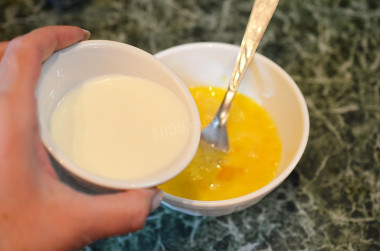
Pour milk into the egg mixture. It is not necessary to measure milliliters of milk. It is believed that for each egg in an omelet, you need to add the amount of milk that fits into the half of the egg shell. So you may well use the shell.
Step 6:
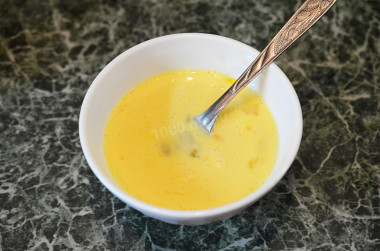
Stir the omelet mixture until smooth.
Step 7:
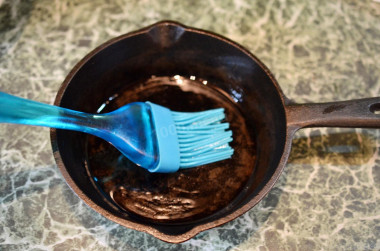
Grease the frying pan in which you will cook the omelet with oil. It can be any vegetable for frying or melted butter. Take a frying pan with a heat-resistant coating. I have a cast-iron frying pan - it is suitable for all kinds of dishes. Ceramic-coated dishes are also great. Heat a frying pan well with oil.
Step 8:
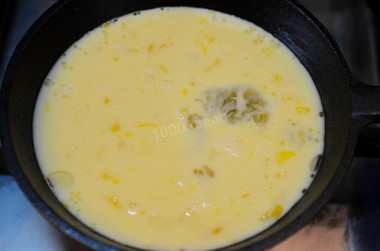
Pour the omelet mass into the pan. Cook over low heat (the omelet burns very quickly!) If the omelet will not bake in the middle, cover the pan with a lid. The omelet will be ready when there are no liquid areas in the entire egg mass.
Step 9:
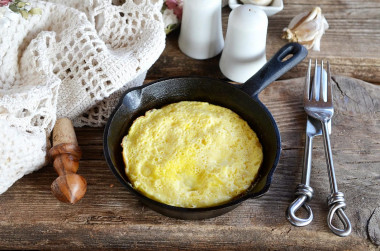
Serve the omelet hot. Enjoy your meal!
How do I know if an egg is fresh? Break it into a separate container. First of all, there should be no unpleasant smell. The protein of fresh eggs will be transparent and clean. The yolk should not spread and will be shiny, convex, homogeneous.
Be sure to wash the eggs before use, as even the seemingly clean shell may contain harmful bacteria. It is best to use food detergents and a brush.
Use oil with a high smoking temperature for frying! Any oils are useful only until a certain temperature is reached - the point of smoking, at which the oil begins to burn and toxic substances, including carcinogens, are formed in it.
Unrefined oils, with rare exceptions, have a low smoking point. There are a lot of unfiltered organic particles in them, which quickly begin to burn.
Refined oils are more resistant to heating, and their smoking point is higher. If you are going to cook food in the oven, on a frying pan or grill, make sure that you use oil with a high smoking point. The most common of the oils with a high smoking point: refined varieties of sunflower, olive and grape.
Caloric content of the products possible in the composition of the dish
- Whole cow's milk - 68 kcal/100g
- Milk 3.5% fat content - 64 kcal/100g
- Milk 3.2% fat content - 60 kcal/100g
- Milk 1.5% fat content - 47 kcal/100g
- Concentrated milk 7.5% fat content - 140 kcal/100g
- Milk 2.5% fat content - 54 kcal/100g
- Chicken egg - 157 kcal/100g
- Egg white - 45 kcal/100g
- Egg powder - 542 kcal/100g
- Egg yolk - 352 kcal/100g
- Ostrich egg - 118 kcal/100g
- Salt - 0 kcal/100g
- Ghee - 892 kcal/100g

